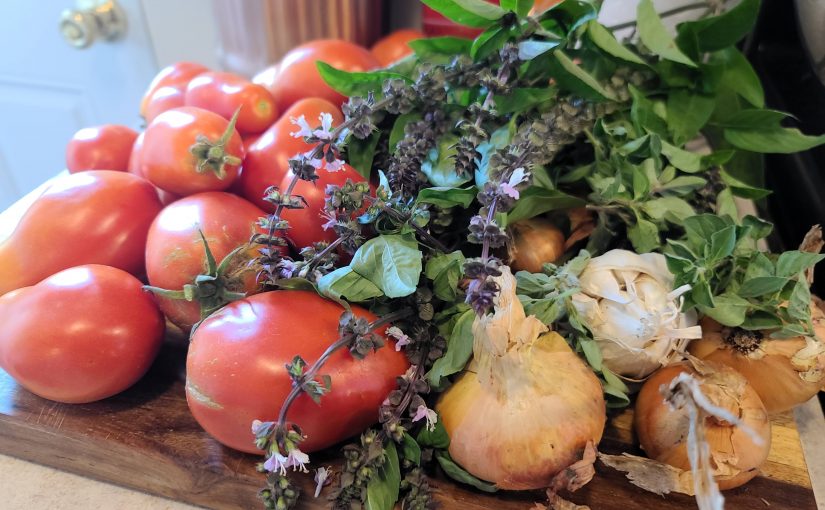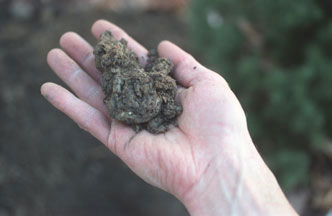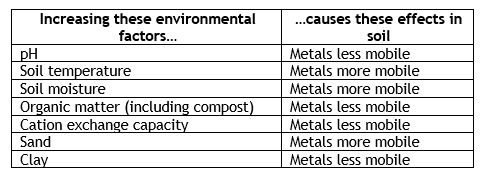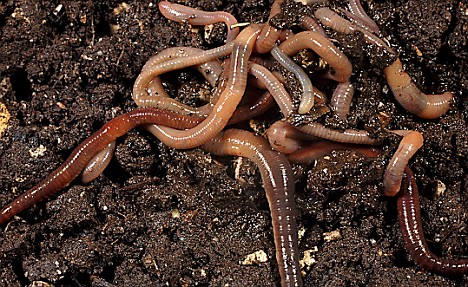Looking back to January 2020, most of us would have never imagined the year we’ve had. All of our best laid plans went away and instead we socially distanced, scavenged for toilet paper, and canceled events and vacations. But one thing that wasn’t canceled was gardening. By June, garden retail sales had increased 8.79% over the average, a big jump for a trend that was already showing increased gardening over the last few years. Wanting to grow food to ensure a safe food supply was one reason gardening increased this year, but it also served as away for people break the boredom of being stuck at home.
One bit of advice that we in Extension always give to gardeners, young and old, is to plan ahead, especially if they are growing fruits and vegetables or starting their own seeds. Given that rapid increase in garden sales, many would-be gardeners were frustrated to find the seed racks and plant shelves empty and online catalog retailers out of stock. From personal experience, I can tell you that white beets don’t look quite as pretty in the jar as those bright red ones. Given the fact that the pandemic is likely to continue well into 2021, it would be a good idea for those thinking about gardening to plan ahead on what they want to grow and plan to buy seeds and supplies early. This not only helps you plan out what you want to grow and when to start or plant it, but will also help you beat the rush and get the plants or varieties that you want.
Here are some things to consider while planning for your vegetable (or other) garden:
- What are your garden goals? Are you wanting to harvest for fresh eating only? Hoping to preserve harvest for later? Have extra to sell or give away? Figuring out what you hope to accomplish will help you plan out how to use your space most effectively. Plan to plant extra of stuff you plan to preserve or give away, and plant it all at the same time to have a larger harvest. If you’re focusing on fresh eating for just your family, planting smaller quantities of each plant and spacing them out over time would be better.
- What do you enjoy eating or growing? Focus on the crops that you and your family like to eat, especially if you have limited garden space or time.
- What resources are you willing to commit to gardening? How much money do you have to invest in seeds, plants, or supplies? And how much time do you have to spend per week? You should base your garden size on what you can reasonably support. And also look for investing in efficiencies. For example, adding drip irrigation will be an investment of time and money up front, but will save on water bills and time spent watering the garden and will likely increase your harvests so it can have a pretty decent return on that initial investment.
- Are you planning on growing throughout the garden season? Many people focus on gardening May through September and often miss those very productive early spring and fall months when cool season crops flourish. Making a plan for using space effectively can include growing an early season, summer, and late season crop all in the same spot using interplanting or succession planting. If you aren’t sure what to grow when in your climate, look for local growing guides or calendars to help. Your local Extension office will likely have some good resources to share. Having an idea what you want to grow throughout the season will also help you make early purchases to ensure you have what you need throughout the season. Seeds are usually off the store shelves by mid to late summer, so buy seeds in the spring for those fall and late planted crops just to be prepared.
- Are there things you want to grow that would be easier to buy? This question is especially important if you have limited space, time, or money. Crops like potatoes, cabbage, and onions are often cheaper for home growers to buy than grow and crops like squash can take up a lot of room and are often easy to buy (there’s usually plenty of zucchini everywhere in the summer). Focus on those things you can’t buy like interesting varieties of tomatoes, peppers, etc.
- Are you ready to deal with diseases and pests throughout the garden season? Be ready to scout the garden for pests and do a little research on the common pests and diseases on the crops you’re growing so you know what to look for. You can often reduce the likelihood of pests and diseases by growing newer resistant cultivars versus older varieties and heirlooms that don’t have resistance bred in.
- What has worked (or not worked) for you in the past? Focus on growing those things you do well. Take some time to research or learn how to better grow the things you haven’t grown so well in the past (extension resources are great for this- contact your local office or search for info online, looking for pages that end in .edu). And don’t be afraid to try something new – you can find new favorites by trying out new cultivars or even new crops.
Using some of these steps can help you plan ahead for a year of garden success. The key is to start early, and especially in 2021, buy those seeds and supplies early. When you do, take a look at your plans for the whole garden season and plan accordingly in advance. Though while you’re out there buying those seeds, be sure to leave a packet or two on the rack for me. I’d prefer to have red beets for pickling this year instead of those white and yellow ones.









